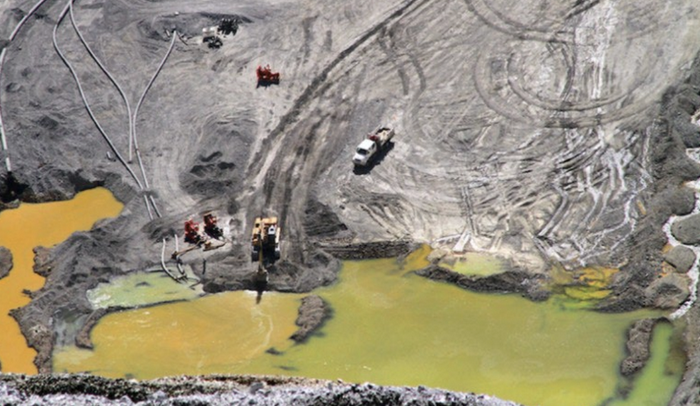On July 24, 2025, the U.S. Department of the Interior issued a new directive—Order No. 3436—launching a national initiative to recover critical minerals from mine waste, coal refuse, tailings, and abandoned uranium sites located on federal lands. This policy marks a strategic pivot from reliance on new mining ventures toward tapping existing legacy sites for valuable materials. The order mandates federal agencies such as the U.S. Geological Survey to conduct mapping and inventorying of waste sites, while simultaneously simplifying permitting procedures and expanding access to federal funding for mineral recovery projects. It signals a clear intent to transform environmental liabilities into strategic assets.
The focus of the initiative includes minerals essential to U.S. industry and national security: lithium, cobalt, rare earth elements, uranium, zinc, germanium, and tellurium. Many of these are embedded in the byproducts of old mining operations across regions like Utah, Oklahoma, and Appalachia. Several major mining firms, including those already managing large-scale copper and gold operations, are preparing pilot projects to recover these materials from tailings and other previously discarded waste. The scale of potential recovery is significant, with early estimates suggesting hundreds of thousands of metric tons of usable minerals could be reintroduced into domestic supply chains. This policy carries deep implications for the future of U.S. resource security and environmental governance.
By coupling mineral recovery with cleanup and land restoration, it enhances the public acceptability of extractive activity, a key factor in securing the social license to operate. Communities affected by historic mining pollution stand to benefit from jobs, remediation, and long-overdue reinvestment, provided that engagement is inclusive and transparent. At the same time, reducing dependency on foreign critical minerals aligns with broader geopolitical goals. This initiative exemplifies how responsible innovation in resource policy can serve national interests while promoting environmental justice and long-term stakeholder trust.

